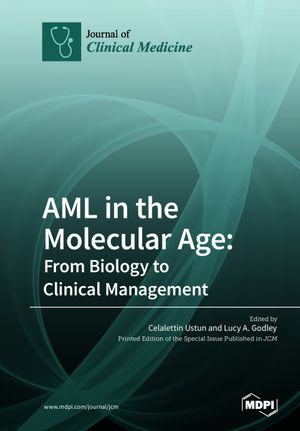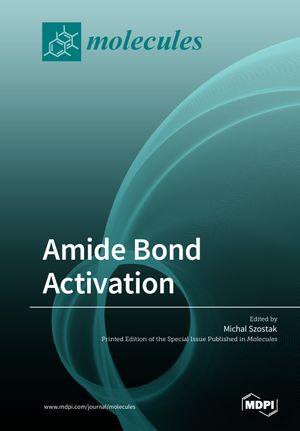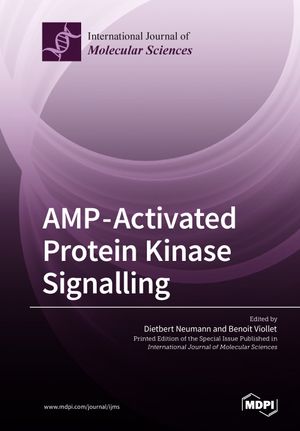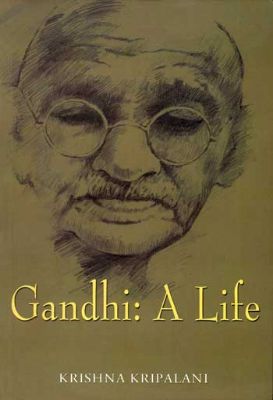Aml in The Molecular Age: From Biology To Clinical Management
In this Special Issue, we aim to discuss important scientific and clinical ongoing activities in AML. Scientific subjects will include articles concerning the molecular abnormalities, epigenetic mechanisms of disease/therapy as well as the role of the immune system in AML. Very interesting and uncommon subjects will include discussions of extramedullary disease and evaluations of the central nervous system by various imaging techniques. Experts will describe the role of hypomethylating agents in the management of AML and currently emerging and promising investigational therapies. Specifics of treament of pediatric and younger patients with AML. Clinical success relies greatly on supportive therapy, and we will discuss supportive therapy, including infection prophylaxis. Allogeneic hematopoietic stem cell transplantation remains the most effective measure for curing aggressive AML, and a variety of topics will be considered: donor selection, age of recipient, which has been increasing seemingly without limit; therefore, recipient/donor assessments are more important than ever in the aging population. Alternative donor use (e.g., cord blood and haploidentical individuals) has been increasing dramatically; when and who should be considered, what is being investigated? With significant changes occurring with respect to both donors and recipients, the pros and cons of using of anti-thymocyte globulin use in conditioning regimens will be also described.
| Publication Language |
English |
|---|---|
| Publication Access Type |
Freemium |
| Publication Author |
Celalettin Ustun |
| Publisher |
MDPI |
| Publication Year |
2023 |
| Publication Type |
eBooks |
| ISBN/ISSN |
9780000000000 |
| Publication Category |
Open Access Books |
Kindly Register and Login to Shri Guru Nanak Dev Digital Library. Only Registered Users can Access the Content of Shri Guru Nanak Dev Digital Library.
You must be logged in to post a review.













Reviews
There are no reviews yet.